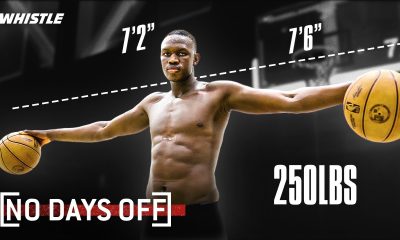NIL
With NIL revenue sharing, NCAA mantra is double down on stupid when all else fails
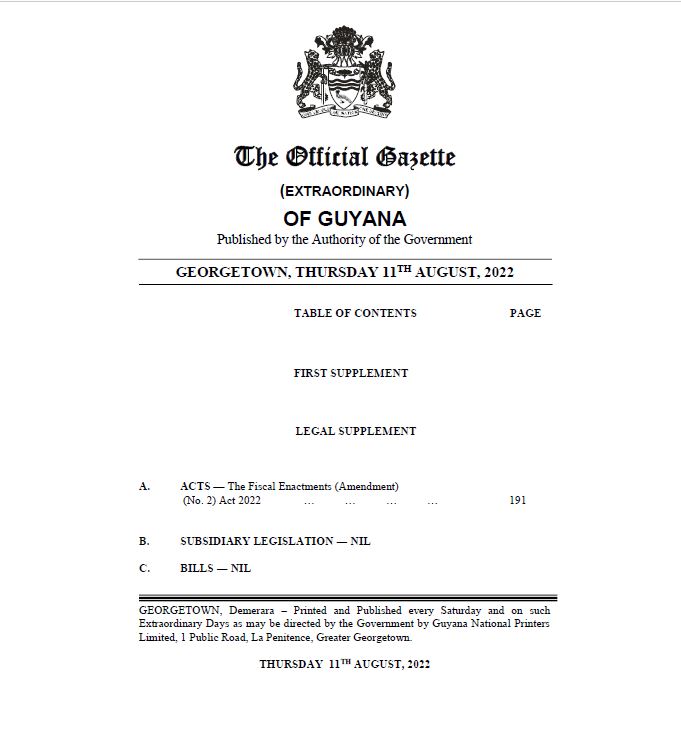
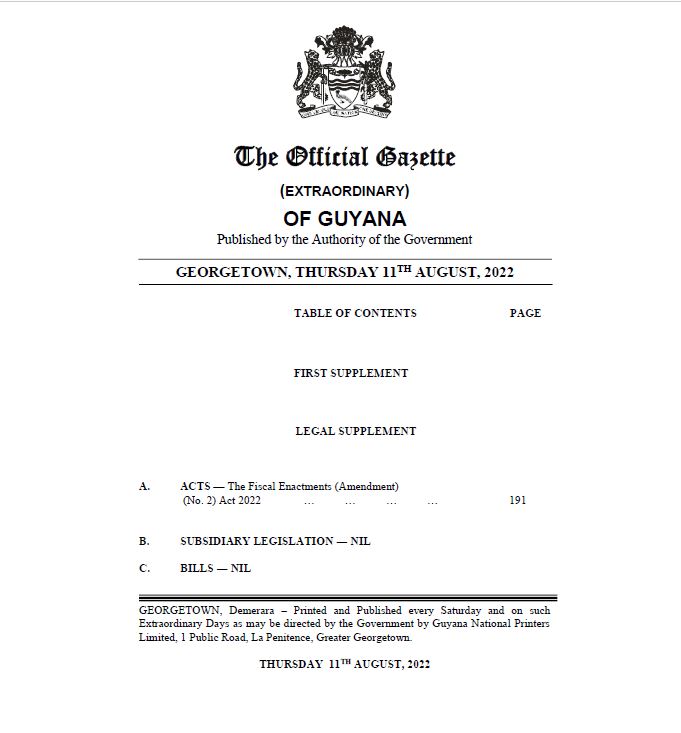
 The elite minds of academia have made a groundbreaking enforcement decision for the future of college athletics, and it again underscores one undeniable reality.
The elite minds of academia have made a groundbreaking enforcement decision for the future of college athletics, and it again underscores one undeniable reality.
That’s the bones of the litigation. Here’s the guts: the Power Four conferences – SEC. Big Ten, ACC, Big 12 – who have seized control of all things NCAA, have one goal, and one goal only on this road to perdition. But why should athletes be subject to a mediator who declares what’s legitimate, who potentially prevents them from earning top-dollar, while Georgia pays Kirby Smart million to coach football ― and resets the market with every raise given?Protect the money. The hope is, in theory, that the system over time will build on itself. The more NIL deals that are filtered into the system, the greater the chance to keep future deals legitimate.

LOOKING AHEAD: Our way-too-early college football Top 25 for 2025There are attorneys lining up right now to take these looming cases, and sue the ever-loving bejeezus out of the NCAA. More lawsuits, more depositions, more financial experts. Years and years of litigation.The House case settlement will pay billions in back payments to former college players who were unfairly prevented by the NCAA from earning off their name, image and likeness. The settlement also provides the framework for a pool of million to 23 million – that will increase annually – to pay players for the use of their NIL beginning July 1.
SPRING POWER RANKINGS: Big Ten | SEC | ACC | Big 12Wait, it gets much better. If the deals aren’t of their perceived market value, the group run by athletic directors can fine programs and reduce the amount of future money they’re able to offer.All because they don’t want players as employees, and don’t want them to unionize and collectively bargain. Because that’s when the real financial hit arrives. This $20 million to 23 million annual pool of money paid to athletes is a pittance compared to what could be lost if players organize. So what do the power conferences do?They announce a system that evaluates NIL deals external to the schools, making sure they’re they’re legitimate and “within a reasonable range of compensation, and made with the purpose of using a student athlete’s NIL to advance a valid business purpose.” Translation: their vision of fair market value.These people never, ever, ever learn.What’s the best way I can explain this? Imagine if the NFL, or Major League Baseball, or the NBA, hired Deloitte to devise a system that would help their commissioners manage “within a reasonable range of compensation” what their players can and can’t earn off their name and likeness.It’s the foundation of the free market. You pay what you believe something is worth — and no one can tell you what something is worth other than the highest bidder.My initial thought is these are the dumbest financial minds ever. But you have to look closer. The NCAA (see: the power conferences) are willing to spend tens of millions – maybe even hundreds of millions – in future lawsuits to drag out this inevitable process of shared and collectively bargained wealth.The longer they drag it out, the longer they wait until they pay closer to an NFL-sized percentage of revenues.Or as former Auburn and Michigan State quarterback Payton Thorne told me last week, “It’s just minor league football now. Anyone who thinks anything different is fooling themselves.”The power conferences have decided that 10 athletic directors will set up an entity that will play judge and jury over potential enforcement issues. The entity (see: a czar and his staff) will partner with Deloitte – I’m laughing now as I type this – to assess fair market value, and what measures will be taken if the deals are out of bounds. Check me if I’m wrong, Sparky, but that’s the same illegal move that just cost them $2.8 billion in damages in the House case.The people who want, more than anything, to protect their billions in annual revenue, will provide oversight of what a “legitimate” NIL deal is — and then use fancy, schmancy Deloitte to proclaim, ”Yeah, that’s right!”
It doesn’t matter that Smart is paid for what he has accomplished, and that Michigan freshman quarterback Bryce Underwood is paid for what he could do. Each is worth whatever someone will pay.Now it’s holding on like grim death with every tentacle, desperate to return to the depths and take the cash with it. By spending tens of hundreds of millions in legal fees to protect future billions in revenue.It doubles down on stupid.The NCAA’s amateurism model is a giant octopus that has fed in the depths for decades upon decades, getting fatter and fatter and more detached from reality. Only now it has been forced into the shallows.And for what? To ignore the inevitable train of collective bargaining roaring down the track.
The NCAA is on the losing end of a .8 billion settlement of a lawsuit that accused the organization of restricting player earning that will redefine amateurism as we know it. And what does the NCAA do before the lawsuit is officially approved by the court?They have no idea what they’re doing.Maybe they know what they’re doing after all.
NIL
Every college football team that declined their bowl game on Sunday
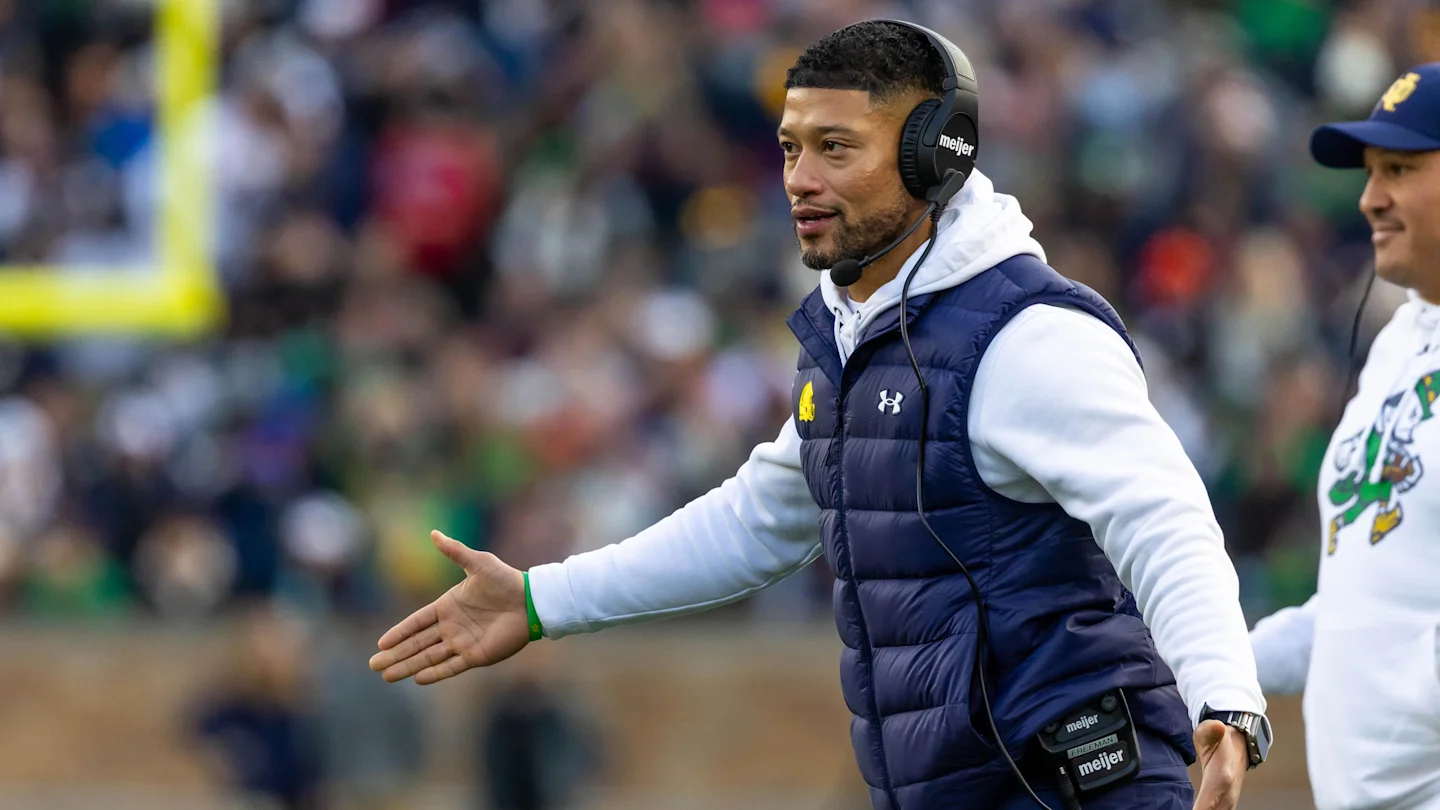
Years ago, schools basically cued in line to plead for a spot in a post-season bowl game. Of course, that was an era before every breakfast cereal, motor oil, or obscure mortgage company was sponsoring its own personal bowl game. But Sunday emphasized a growing trend with a number of teams saying ‘thanks, but no thanks’ to bowl berths on Sunday. The final count included at least 10 teams that turned down bowl berths.
The denials sprang from a variety of potential reasons– from pouting over exclusion from the College Football Playoff to teams not wishing the dive into postseason play in the midst of coaching changes to teams that had given up hope at a bowl and moved on with the offseason. But Sunday’s massive exodus of teams NOT playing in bowls certainly made some college football history.
The Wrath of the Irish
Notre Dame’s bowl denial will probably draw the most attention. The Irish finished one spot out of the College Football Playoff, and accordingly decided that they would pass on the gamut of lower bowls. Notre Dame was purportedly offered a spot in the Pop-Tarts Bowl to play the team ranked behind them in the CFP rankings, BYU, but turned it down flat.
All of college football (and even some college basketball celebrities) weighed in on the propriety of the Irish bowl declination, but it’s a massive move that could reverberate throughout future bowl seasons.
— Notre Dame Football (@NDFootball) December 7, 2025
Two Big 12 Coaching Shifts
Kansas State and Iowa State each turned down bowl invitations. In both cases, there are coaching transitions underway. Iowa State lost Matt Campbell to Penn State and is replacing him with Jimmy Rogers. Kansas State saw Chris Kliemann retire and Collin Klein replace him.
Despite the business excuse, the Big 12 made it clear that the decision was not a popular one at the league level. Both schools were fined $500,000 for turning down bowl bids.
The Big 12 fines Kansas State and Iowa State $500,000 each for opting out of a bowl. pic.twitter.com/TLQcgkB6a1
— Ross Dellenger (@RossDellenger) December 7, 2025
Bowl Denial Dominoes (or Sunday Choas for the Birmingham Bowl)
While the NCAA had exactly the number of teams with six or more wins that it needed to fill the bowl vacancies, these three teams declining bowl berths caused the bowls to have to dip into the pool of 5-7 teams. A multitude of 5-7 teams declined bowl bids before Appalachian State finally completed the bowl picture by agreeing to play Georgia Southern in the Birmingham Bowl.
At least seven teams were reported to have turned down last-minute bowl invites off of 5-7 seasons. The list includes Florida State, Auburn, UCF, Baylor, Rutgers, Temple, and Kansas. The 11th hour bowl chaos led to more than a few jokes online. While the 82nd bowl berth was finally filled, at least 10 teams passed on postseason play on a memorable Sunday.
We interrupt for a Public Service Announcement: if you’re a football team (must have at least 11 players) & would like to play in a really cool bowl game & be on ESPN vs. Georgia Southern, please show up at Birmingham’s Protective Stadium by 1 pm Dec. 29th kickoff. Thank you
— Brett McMurphy (@Brett_McMurphy) December 8, 2025
NIL
Are Ohio companies interested in NIL deals with high school athletes?
Dec. 8, 2025, 6:05 a.m. ET
Fred Horner bleeds black and orange.
The owner of Advanced Industrial Roofing is a Massillon football booster and member of the Sideliner program, an initiative where community members act as mentors for varsity players, providing personal guidance and support.
He’s willing to help out Washington High School athletes any way he can. But don’t expect his company to start handing out lucrative name, image and likeness deals to high school students now that the agreements are legal in Ohio.
NIL
The College Football Playoff Committee took the messy route, but still landed on the right bracket
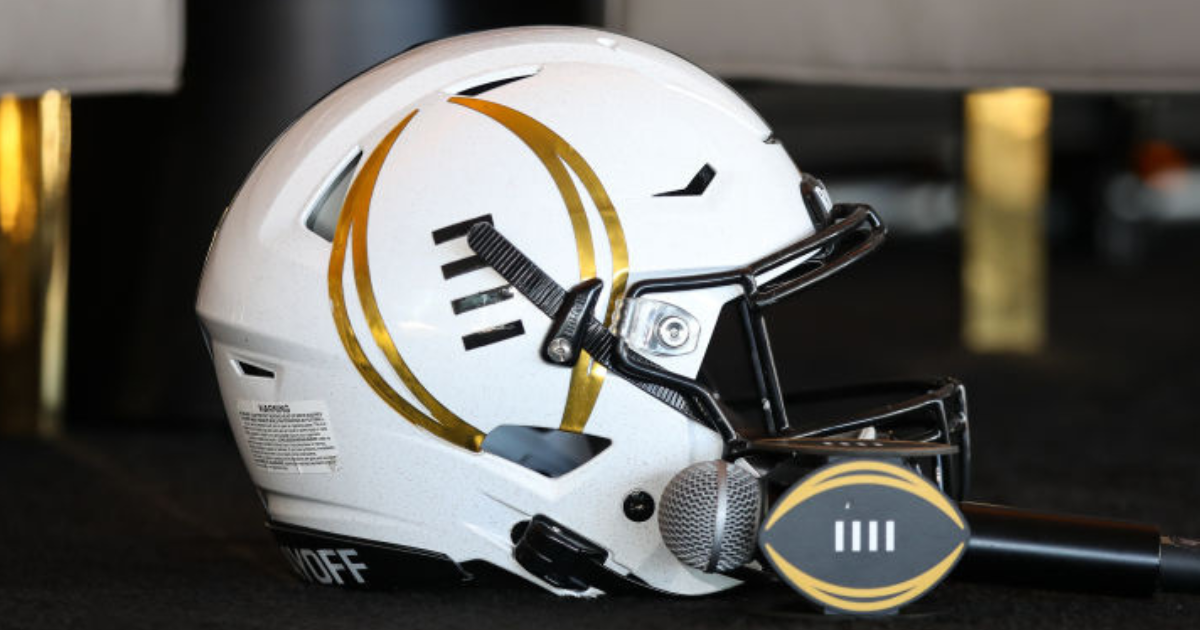
If you want to hammer the College Football Playoff Committee for taking the scenic route on the way to the final bracket reveal, go ahead. That wasn’t the path many of us would have taken, especially if the goal were to set a clear expectation of what the final CFP bracket would look like.
Through more than a month of nationally televised CFP rankings shows, the Committee insisted on keeping Notre Dame slotted ahead of Miami. It didn’t matter that Miami possessed a head-to-head win and an identical record. The Committee told us repeatedly that it felt Notre Dame was better. As a result, we believed that’s what the people in that conference room in Grapevine, Texas, would do at the end.
They didn’t. On Sunday, when the final bracket featured Miami and not Notre Dame, it caused confusion and frustration. No, it was a shock. People couldn’t fathom how two idle teams could be flipped on Selection Sunday when neither team played during championship weekend.
We’ll get into why that happened later, but here’s the important thing: It’s not about the journey, it’s about the destination. And the destination was unequivocally correct. The games still matter and the notions of what we — or the people on the Committee — think would happen in the future didn’t come into play, even if we spent the last month thinking they would.
Miami couldn’t have been left out of the bracket while maintaining the integrity of the games. Had the CFP Committee included Notre Dame and not Miami, what they think would have taken priority over what happened on the field. Notre Dame and Miami’s resumes were similar enough that the result of the game had to matter the most. It couldn’t be ignored. It wasn’t.
If it wound up being ignored, that would have thrown the selection process into a chaotic world where the Committee members could veer from the guardrails — the games – and do whatever they want. So for at least another year, we get to live in a world where the CFP Committee leaned on the results of the games more than personal notions.
If you want to get into why the CFP Committee made this harder on themselves, that’s fine. They could have ranked Miami higher from the get-go, which would have stripped away all of the shock and confusion Notre Dame fans are feeling right now. The Committee made this harder for no reason.
So what’s the explanation for how the jump happened?
“Not until they really got to close proximity — side by side — with the move with BYU were we able to evaluate just those two teams. We always had someone between them,” CFP Committee chair Hunter Yurachek said on ESPN’s broadcast.
It’s all nonsense. How the CFP Committee could ignore the result of that game until its final deliberations doesn’t really make sense. If you’re questioning the process, please do it. There are plenty of holes to poke. But poking the process after the results are right is much better than poking the process after unjust results.
That brings us to Alabama, which got in despite losing to Florida State at the beginning of the year and getting blown off the field by Georgia in the SEC title game Saturday. Why didn’t Notre Dame and Miami go? How did Alabama get in still? Well, it all came back to who you beat.
Yes, Alabama had one more loss than Notre Dame. But its strength of schedule — which ranked No. 11 in comparison to Notre Dame at No. 42 and Miami at No. 44 — carried the day. Contrary to the propaganda the SEC dispersed last year about being penalized for playing tougher schedules, Alabama was actually forgiven for the extra loss because it beat Georgia during the regular season. That’s the benefit of playing in a tougher conference. You get a mulligan.
People have reason to be upset because of the unorthodox path the CFP Committee took.
But leaving Miami out in favor of Notre Dame would have been a miscarriage of justice. Feelings would have taken precedence over results, which ultimately means seasons could be simulated and teams could be slotted based on data.
This CFP Committee, more than others in the past, felt erratic. It felt like this Committee could have done something unconventional. But at the end of the road, it did what was right.
Even if you’re angry, be happy about that.
NIL
Major changes predicted after controversial College Football Playoff decision
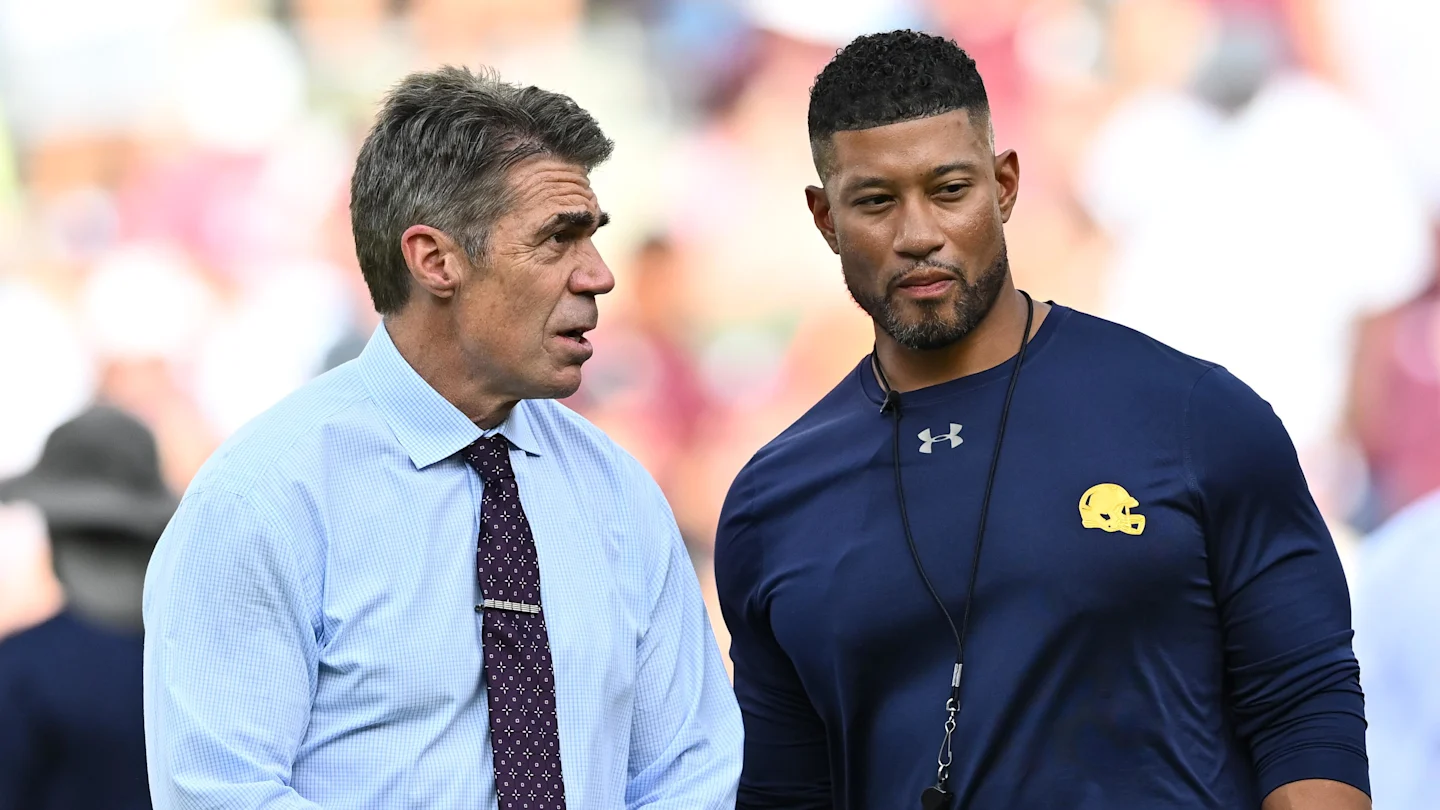
Whatever decisions the College Football Playoff selection committee eventually make, there seems to always be some form of controversy, and the 2025 bracket was no different after a consequential decision between Miami and Notre Dame.
With that controversy in mind, ESPN college football announcer Chris Fowler believes the playoff format and selection process could undergo yet more reform in the future.
More change could be on the way
“This is a bracket that’s going to be talked about forever. And not just because Notre Dame got excluded. But because of the framework that created the choices that the committee had to make,” Fowler said on Sunday’s selection show.
Fowler pointed to the “tweak” the College Football Playoff made a year ago, when it ended the confusing distinction between seeding and ranking, and believes another structural alteration could follow after this year’s dilemma.
“There’s going to be something more than a tweak going forward because all of a sudden, inclusivity, which most people in the sport think is a pretty good idea…
“Inclusivity sounds good until teams like Notre Dame and Texas and Vanderbilt get squeezed out. Then people have a serious problem with it.” he said.
Notre Dame felt it coming
Schools take a brave face in public when they have a chance to make the playoff, but the reality behind the scenes is often a little more nerve-racking.
Fowler added: “This is one we’re going to talk about for a long, long time. If you’re Notre Dame, you’re crushed. They were worried about this.”
“I know they projected confidence, but there was a lot of unease on the part of Marcus Freeman and others because they saw them drop last week and now in consecutive weeks without playing, they have dropped in the rankings. And it ends up costing them despite a 10-game winning streak to finish the season.”
Miami over Notre Dame was the right call
Notre Dame had been ranked ahead of Miami in the College Football Playoff rankings until Selection Day itself, when they swapped the Irish for the lower-ranked Hurricanes at the most crucial moment.
Still, despite whatever criticism there may be around the selectors’ decision-making process or timing, what happened on the field still should trump everything else, the ESPN veteran says.
“I have no problem with Miami getting in based on the head-to-head, even though it was early in the season,” Fowler said.
“They won that game at the line of scrimmage… That was real. It was a late field goal that won it, but it still matters. And I think has to matter, or there’s no incentive to schedule any kind of meaningful non-conference game.
“That’s not the committee’s job to protect that, or the committee’s job to protect with a sentimental eye [the] conference championship games, but those are also in danger, as we know, going forward.”
Read more from College Football HQ
NIL
Major college football program declines bowl game bid after losing head coach
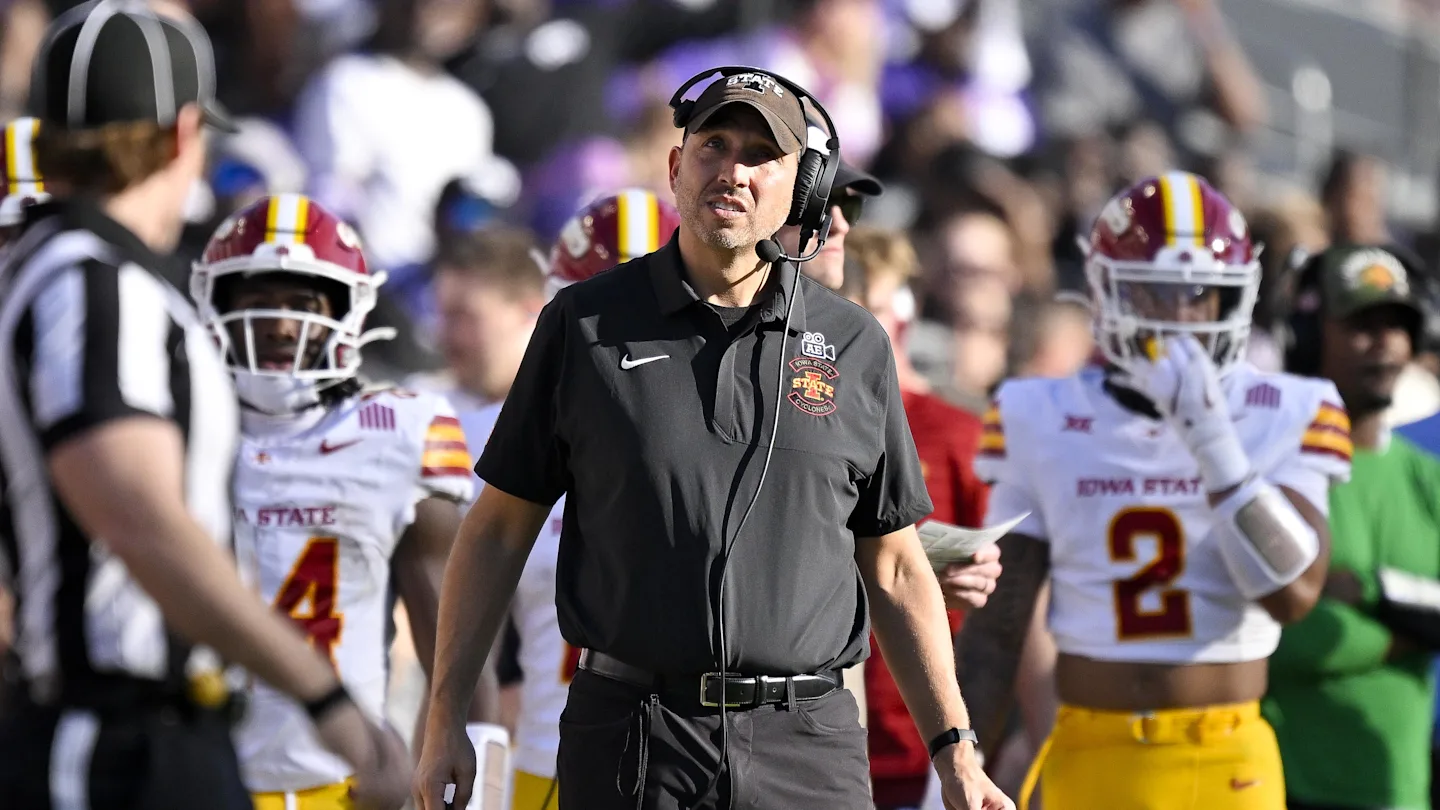
The Iowa State Cyclones will not play a postseason bowl game after all.
Iowa State (8-4) has reportedly declined a bowl bid as the program moves immediately into a coaching transition that accelerated this week, multiple people familiar with the situation told On3.
The decision arrived after Matt Campbell accepted the Penn State job, and Iowa State named Washington State’s Jimmy Rogers to replace him.
The Sun Belt fined Marshall $100,000 after it withdrew from the Independence Bowl in 2024 because of a mass player exodus.
The Big 12 itself has fined member schools previously in 2025 for other infractions, so financial penalties or public reprimands are within the conference’s authority.
The Big 12 will formally review Iowa State’s decision and consult with bowl partners to determine a potential fine or punishment.
Iowa State turns down bowl bid, sources told @On3sports. Cyclones are 2nd Big 12 team that was bowl eligible that opted not to play & could be subject to a league fine, source saidhttps://t.co/oRbPrNx5PJ pic.twitter.com/e8uSvvxc2u
— Brett McMurphy (@Brett_McMurphy) December 7, 2025
The Cyclones opened the 2025 season 5-0 and at one point reached the national rankings, but a four-game midseason slide pushed them off that path.
The team recovered with late wins over TCU, Kansas, and Oklahoma State and reached bowl eligibility with a 20-17 road victory at TCU on November 8.
The season finished at 8-4 overall and 5-4 in conference play.

The reported decision to decline a bowl is tied directly to off-field upheaval.
Campbell’s move to Penn State and the subsequent arrival of Rogers left Iowa State confronting immediate questions about who would coach a bowl game, which assistants would stay for postseason preparation, and how roster availability might be affected amid late-season transfers and staff turnover.
Initial reporting cites those uncertainties, along with the program’s desire to pivot quickly toward building for 2026, as the rationale for opting out.
This choice comes on the heels of a similar development earlier in the week: Kansas State, another bowl-eligible Big 12 team, informed the conference it would not accept a bowl invite.
Read More at College Football HQ
- Nick Saban sends strong message on head coach replacing James Franklin at Penn State
- ‘College GameDay’ announces celebrity guest picker for SEC Championship game
- Kirk Herbstreit reacts to ESPN College GameDay’s historic reveal
- Andy Reid reportedly involved in coaching candidate rejecting Penn State
NIL
Notre Dame football only hurts itself by opting out of bowl
Updated Dec. 7, 2025, 6:24 p.m. ET
- Notre Dame has declined to participate in a bowl game after being left out of the College Football Playoff.
- The team was passed over for the CFP in favor of Miami, a team that defeated the Irish during the season.
Let me see if I’ve got this straight. The team that gets more help, more deference from the College Football Playoff and the bowl system than any other, is taking its ball and going home.
Well, boo-freaking-hoo.
No bowl game for Notre Dame, everyone. They’ll show that CFP selection committee who’s boss.
They’ll walk right out of the bowl system, and into the loving, waiting arms of self-pity. Which, of course, tracks.
You’ve got to be kidding me.
Notre Dame lost to Miami, and lost the CFP argument. Not only that, the Irish have beaten no team with a pulse, and had no argument that could stick.
No amount of whining and complaining is going to change it. Certainly not a statement released four hours after the CFP did the right thing by choosing the Canes over the Irish, one that humbly thanked friends, family and fans and declared the team was “hoping to bring the 12th national title to South Bend in 2026.”
How about finishing 2025 first?
How about toughen up, hop on a plane to beautiful Orlando and play a grinder of a bowl game against a tough, physical BYU team that — I know this is going to shock you — is also upset about not reaching the CFP.
To say nothing of the life-sized Pop-Tart that awaits the winner of the best non-CFP game of the postseason.
This Notre Dame move just smacks of elitism, of we’re better than you and your playoff and we’re going to prove it. Only there’s one teeny-weeny problem: The CFP does’t need Notre Dame.
The games will go on, a national champion will be crowned and another year will be added to the last time Notre Dame won it all. Which is 1988, in case you’re wondering.
Just how long ago was that? It was also the same year Indiana last beat Ohio State before Saturday night’s monumental moment in the Big Ten Championship game.
That game, that specific night in Indianapolis — merely 130 miles from South Bend — should be a defining statement for Notre Dame and any other blue-blood college football program of the past. The game has changed, drastically.
What was once elite, can easily no longer be. What was once the worst program in college football — with the right hire and whole lot of NIL cash — can be its best.
College football doesn’t need Notre Dame like it used to, doesn’t need the charm and glory and pageantry of the Four Horsemen and Touchdown Jesus and those magnificent gold helmets. Get over yourself, Irish — it’s a new world.
The quicker Notre Dame figures it out, the quicker it realizes every game, every moment on the field, is another chance to convince high school and transfer portal players to come play in the freezing Midwest and try to win a national title for the first time in nearly 40 years.
Young men aren’t interested in taking a stand against anything. They’re invested in making money by playing football, and if you’re really fortunate, maybe somewhat interested in graduating from the same school.
Decades ago, there was an unwritten rule at Notre Dame that prevented the school from playing any bowl game outside the major bowls. But there was a dirty secret behind it.
It wasn’t that Notre Dame was standing on principle, and only wanted to extend a season for players if it meant a major bowl game. It’s because by playing in a bowl game, television-friendly Notre Dame was elevating the status of other schools.
Especially if the Irish lost.
But now there’s another not-so-secret reality for Notre Dame: BYU doesn’t need the Irish. Nor does any other program in college football.
Nor does the CFP or the bowl system or any blue-chip player. The ACC still does, but that’s why Notre Dame is in this mess in the first place.
The best part of the temper tantrum is Notre Dame has been revealed to be just another team, just another program trying to find its way in the ever-changing college football world.
One that isn’t waiting around for the Irish anymore.
Matt Hayes is the senior national writer for USA TODAY Sports Network. Follow him on X at @MattHayesCFB.
-

 Rec Sports2 weeks ago
Rec Sports2 weeks agoFirst Tee Winter Registration is open
-

 Rec Sports2 weeks ago
Rec Sports2 weeks agoFargo girl, 13, dies after collapsing during school basketball game – Grand Forks Herald
-

 Motorsports2 weeks ago
Motorsports2 weeks agoCPG Brands Like Allegra Are Betting on F1 for the First Time
-
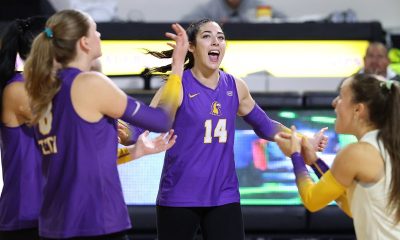
 Sports3 weeks ago
Sports3 weeks agoVolleyball Recaps – November 18
-

 Motorsports2 weeks ago
Motorsports2 weeks agoF1 Las Vegas: Verstappen win, Norris and Piastri DQ tighten 2025 title fight
-

 Sports2 weeks ago
Sports2 weeks agoTwo Pro Volleyball Leagues Serve Up Plans for Minnesota Teams
-

 Sports2 weeks ago
Sports2 weeks agoUtah State Announces 2025-26 Indoor Track & Field Schedule
-

 Sports2 weeks ago
Sports2 weeks agoSycamores unveil 2026 track and field schedule
-

 Motorsports2 weeks ago
Motorsports2 weeks agoRedemption Means First Pro Stock World Championship for Dallas Glenn
-

 Sports2 weeks ago
Sports2 weeks agoTexas volleyball vs Kentucky game score: Live SEC tournament updates
















